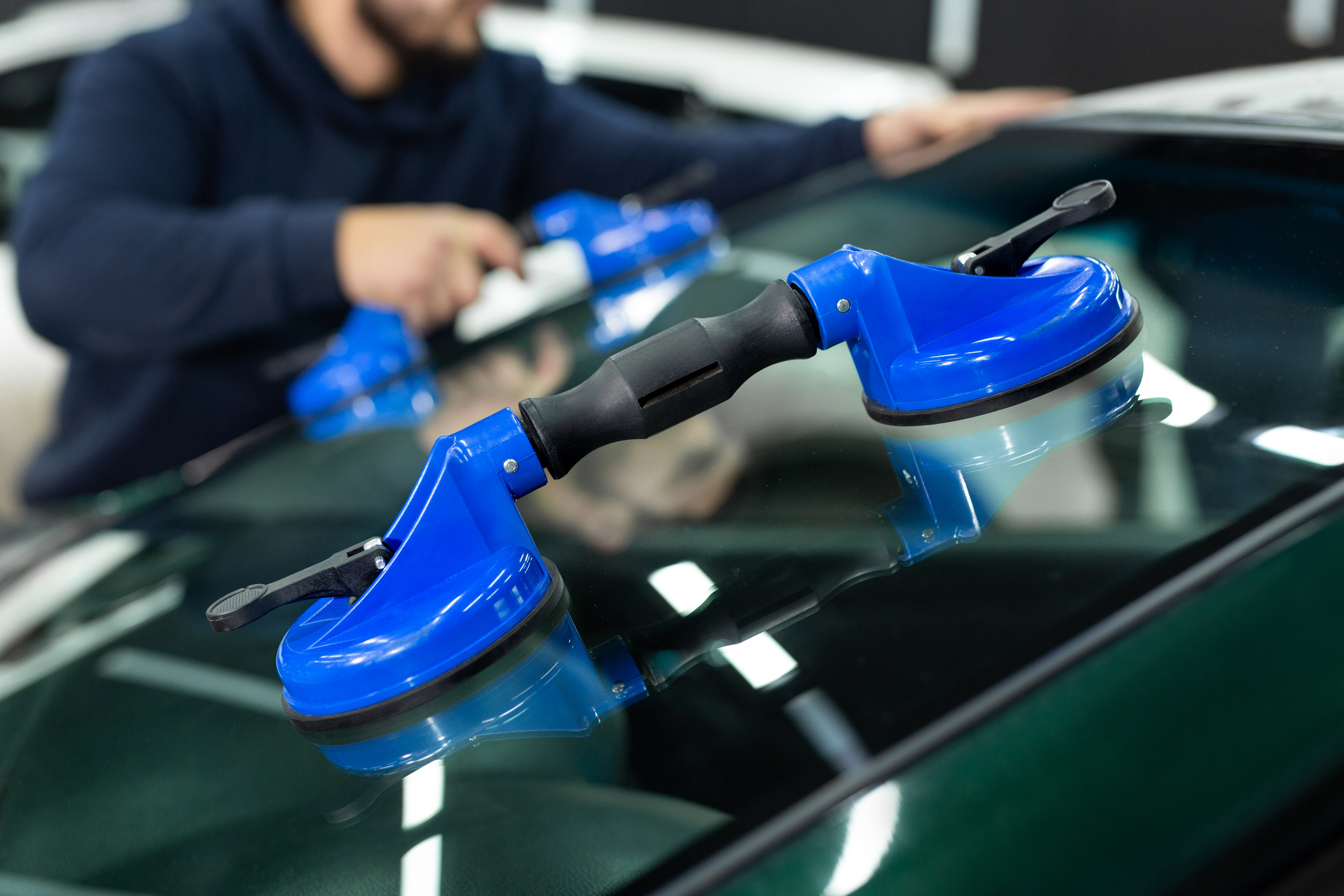When it comes to stone chips, a repair is often your first point of call, but sometimes there are instances where this may not be possible or successful. There are three main reasons why your chip may turn from a repair to a windscreen replacement: size, location, and pressure.
Chips in the windscreen are categorised by the shape of the glass missing from the impact point. Common chip shapes are:
- Star
- Horseshoe
- Scallop
- Crater
- Bullseye
- Combination
Firstly, the size of the chip cannot be bigger than a one-dollar coin. This is a variable statement, and depending on the shape of the chip, it may or may not warrant a new windscreen. This is best left to the discretion of your windscreen technician.
Secondly, if the location of the chip is in the driver’s line of vision, the windscreen is likely to be replaced. The reason for this is safety; once the process is complete, the chip is never going to be completely invisible, a ‘scar’ is left on the glass impacting the driver’s vision. Drivers can fixate on the repaired chip, which is a safety concern for all.
A ceramic-located chip (toward the edges of your windscreen) is unrepairable because of its location. To complete the job, a mirror is used to line up the exact location of the chip for the machine to be attached. If the chip is located in the black ceramic, it is not possible to use a mirror, therefore the machine can’t be lined up to the chip.
Lastly, during the chip repair process, there are instances where the chip will be placed under varying amounts of pressure by the technician’s machine. Sometimes, at this point, the chip will crack under the pressure, and you will need to replace the windscreen.
In summary, fixing a stone chip in your windscreen isn’t always a simple repair job. Sometimes, factors like the size of the chip, its location, and the amount of pressure involved can mean you end up needing a whole new windscreen. It’s all about safety! Make sure your car stays in good shape, check your windscreen for stone chips regularly and trust your technician to make the call based on what’s best for your drivers and the vehicle.
Did you find this article interesting? Click the ‘heart’ button above to give it a ‘like’!














